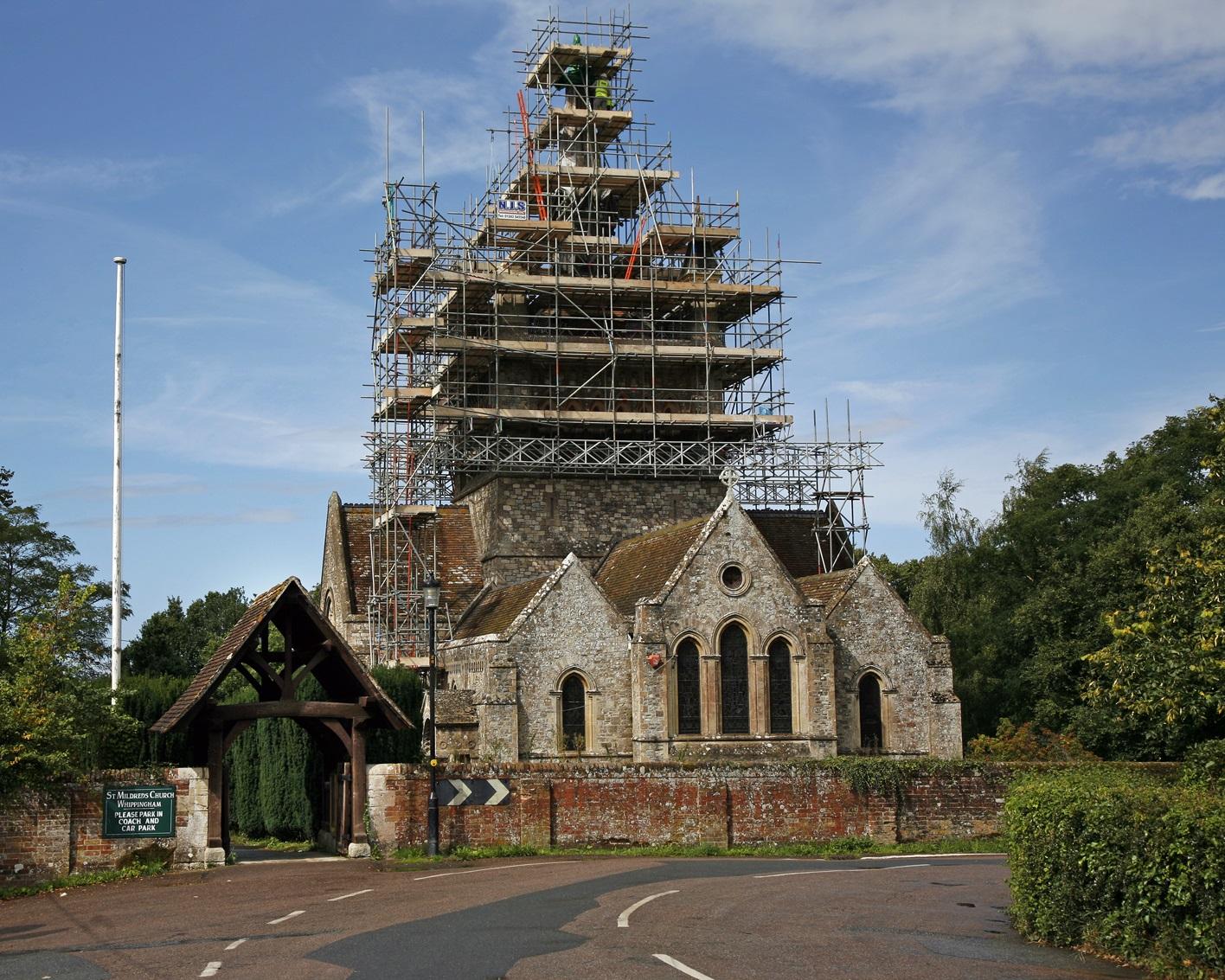
Online resources for developing church building projects
There are many resources available on line to help you develop building and community projects for your church.
1. General guidance
The ChurchCare website is maintained by the Church of England’s Cathedral and Church Buildings Division, and is a comprehensive resource for anyone managing a church building.
The Church in Wales also provides practical advice on managing small and large building projects.
The Church of Scotland has a useful pdf guide called Making it Happen
Historic England has two useful guides - Making Changes to Places of Worship and New and Additional Uses for Places of Worship
The Parish Resources website is provided by the Church of England’s National Stewardship & Resources team and offers over 400 pages of resources to support all aspects of stewardship, administration and management in a local church.
They also offer a range of funding guides to help you target funding for projects, either for capital works or for mission. They are intended to be simple “how-to” guides and cover a range of topics from Preparing a Funding Strategy and A Simple Guide to writing a Business Plan to running Fundraising Events.
The Arthur Rank Centre is an independent ecumenical charity that helps the UK’s rural communities flourish by inspiring, encouraging and equipping local churches.
The Crossing the Threshold Toolkit offers a step by step guide to managing a church building project. It is packed with 268 pages of advice, hints and tips for any group taking a community development approach towards adapting a church building for wider community use while balancing the needs of existing worshippers.
With numerous case studies, top tips and end-of-chapter checklists, as well as advice from experts in their fields, and with input and expertise from a range of national church organisations, this practical document draws upon the lessons learned from recent church projects of all denominations across the UK. This is a free resource available for anyone to download. You can download the entire toolkit or individual chapters.
Mission and Mortar is an online resource toolkit from the Diocese of Hereford that helps parishes who are looking to increase the use of their church buildings, to respond to changing times and to new forms of mission. It can be used by any church, not just those based in the Diocese of Hereford.
ChurchBuild has grown out of the belief that your church building has a significant impact on the life of your church, and that your building should fit well with your ministry. Their aim is to equip you to make better use of your buildings for the glory of God. If your church is considering undertaking a building project you will find a wealth of useful information in the ChurchBuild Project Guide under the ‘How To’ tab which provides a framework for developing and running a project.
Empowering design practices (EDP) was a five year design research project that explored how community-led design can help empower those who look after historic places of worship to create more open, vibrant and sustainable places that respect and enhance their heritage.
2. Guidance on how to engage with the local community
FaithAction is a national network of faith-based and community organisations. They created the Engaging Locally Toolkit which is designed to help church leaders engage with their local authorities in the service of their local communities. Communities benefit when local authorities and churches have strong working relationships.
Local voluntary and community sector (VCS) infrastructure organisation can also provide vital support for voluntary organisations and community groups. They can provide advice on setting up new projects as well as information on the grants available and offer support in the application. NAVCA (National Association for Voluntary and Community Action) is the national voice of local support and development organisations.
Action with Communities in Rural England (ACRE) is the national umbrella body for the 38 charitable local development agencies, formerly known as Rural Community Councils (RCCs), across England that make up the ACRE Network. RCCs can offer advice, support and access to local grant databases. They also have county based Village Hall and Community Buildings Advisers who offer advice and support to those running community buildings.
The Church Urban Fund (CUF) was established by the Church of England as a practical response to unmet need. For 30 years, they have been working in communities building partnerships with local people, groups, businesses and organisations. Through their local parish network and their three core streams, they work alongside other faith groups to bring about positive change.
The Plunkett Foundation supports communities, predominantly in rural areas, to set up and run life-changing community co-operatives to tackle issues ranging from isolation and loneliness to poverty. They are currently running an initiative to promote the benefit of locating community businesses in places of worship. They can help with a range of issues including logistics, governance, financial and legal issues and involving the wider community.
Locality is the leading nationwide network of community-led organisations. It provides advice on setting up community enterprises etc including setting up community share-funded projects
3. Help with finding church building experts
The National Churches Trust’s Specialist Skills Directory is a directory of specialist crafts people working to repair and update church buildings. With over 200 companies in our directory, you should be able to find the right person for the job. Anything from a leaking roof or stained glass that needs repairing, to new toilet facilities that need installing, to IT support and fundraising consultants.
The Building Conservation Directory provides a list of over 1,000 practitioners and suppliers in conservation, restoration and repairs from access audits to wall painting conservators.
